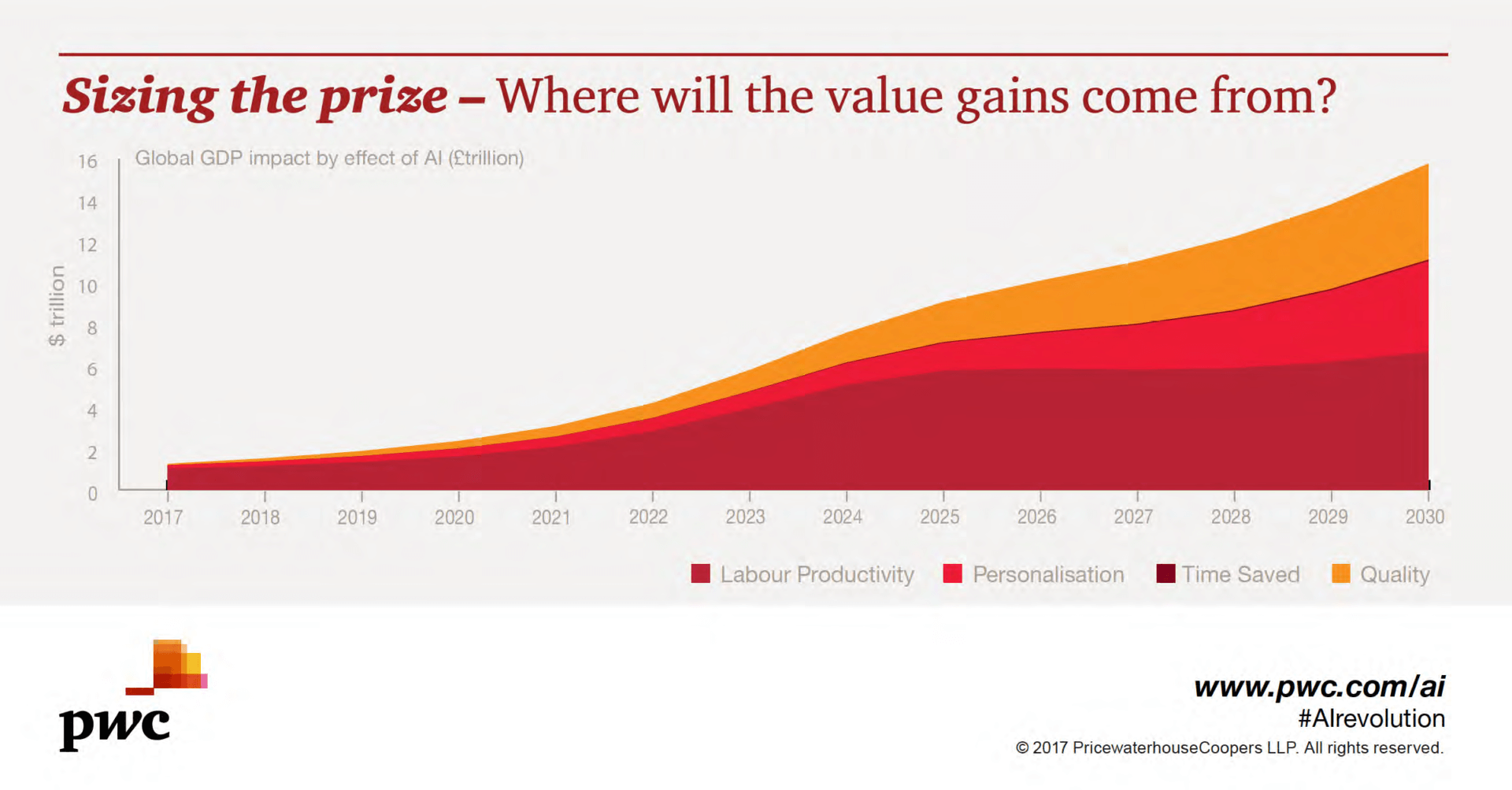Accelerating your AI journey — 5 steps to get CMOs started
Contributor Jim Yu encourages marketers to avoid getting bogged down in learning AI technology, but suggests they instead focus on what can be done with it.
The Artificial Intelligence (AI) wave is rolling across the industry and, for CMOs who intend to stay two steps ahead of their competition, now is the time to get started with this new capability.
As the focus of the Chief Marketing Officer shifts toward customer-centric, data-driven and performance-led campaign initiatives, the perception is that AI is yet another technology area that must be grappled with and understood.
The reality, however, is that AI will not add complexity but instead should make it easier for the CMO to access insights and automation that influence sales, boost operational efficiency and increase customer lifetime value.
The CMO: Challenge and change
The role of the CMO has changed, and it is only the bold and brave who have the traits that will lead their organizations into the next wave of a marketing revolution led by AI.
To be successful, it is essential to mine data, uncover insights and apply the learnings in the most efficient and effective manner possible. Add to this the rapidly changing, challenging and fragmented customer journey and you can see why the job of the CMO is a lot more challenging than in years gone by.
AI solutions: Automation and insights
Maintaining and growing market share has always been at the top of the CMO’s agenda and understanding the customer the prerequisite to success. AI, machine learning and deep learning applications are here to help CMOs achieve just that, and marketers who are adopting technologies early in their digital marketing maturity models are stealing a big lead on their competition.
This is especially true in retail, where AI is being used to personalize the customer experience, and in financial services for personalized financial planning, process automation and fraud detection.
Across digital marketing, AI is providing intelligent insights to enhance targeted communications, build customer advocacy and connect the dots between online and off-line communications. Amazon and Netflix are leading the way, using AI for more intelligent product recommendations.
AI can also be used to:
- Provide insights to help with a single customer view based on a centralized customer repository and personalization framework.
- Determine which step in the customer journey has the biggest impact for marketing communications.
- Automate targeting, content production and personalized messaging.
- Automate workflows and remove silos to free up teams to focus on the most productive strategies and cross-functional collaboration.
- Provide innovative and scalable ways to better serve customers across all micro-moments of the customer journey to ensure seamless customer experiences.
- Manage budgets with automatic recommendations on the most profitable areas of marketing.
- Monitor performance and make better marketing decisions.
- It is important to note that while technology can help identify future trends and apply learnings, human capital is not obsolete. In fact, there is a real and massive opportunity for CMOs to start the job hunt for data scientists who can lead AI projects and drive the benefits on machine and human symbiosis.
Forward-thinking CMOs can maximize the potential of AI and machine learning with marketing technical talent who understand AI capabilities and how it can assist and complement rather than replace. Lack of talent and skills sets such as predictive modeling can hinder adoption growth.
Getting started with AI in five steps
1. Get familiar with the basics
Familiarize yourself with the basics of AI, machine learning and deep learning. One of the biggest trapdoors that marketers fall through is misdirected knowledge accumulation. You do not need to know the ins and outs of deep neural networks and the detailed dynamics of robotics. From a CMO perspective, the most important to thing is how AI helps you and your team as the end user(s) and what business outcomes it can impact in the short, medium and long term.
2. Identify your first use case
Look for a simple and easy way to identify your first project. This could be something simple, like a quick way to automate a process or inject some insights into a campaign. Look for the low-hanging fruit, and don’t miss an opportunity by ignoring this.
3. Look at your current technology stack for solutions
Start by considering your current technology stack to identify vendors who already have AI natively integrated into their platforms. This is by far the most efficient way (rather than doing a long evaluation of pure-play vendors) to get the most from AI immediately as part of your current workflow.
4. Expand by prioritizing urgent vs. important use cases
As you build and implement more AI-led technologies, start to list future projects and prioritize urgent versus important. Depending on where your organization is on the digital maturity curve, this could include projects such as audience targeting, anomaly detection, voice search, image recognition, email personalization and lifecycle and customer analysis.
5. Balance and blend machine and human capital
In the marketing technology sector, AI is not about replacing human talent, it’s about complementing it. Remember that technology can provide sophisticated relevancy and scale, but it cannot replace infinite human creativity. Look to enhance your marketing team with data scientists and data architects. Work cross-functionally with your CIO and CTO to ensure you work out expectations, roles and overlaps.
Concluding thoughts
According to PwC research, global GDP could be up to 14 percent higher in 2030 because of AI. This is the equivalent of an additional $15.7 trillion.
AI is set to provide one of the biggest commercial opportunities that exists today. It is not all about the technology, it’s about what you do with it.
Opinions expressed in this article are those of the guest author and not necessarily MarTech. Staff authors are listed here.
Related stories

